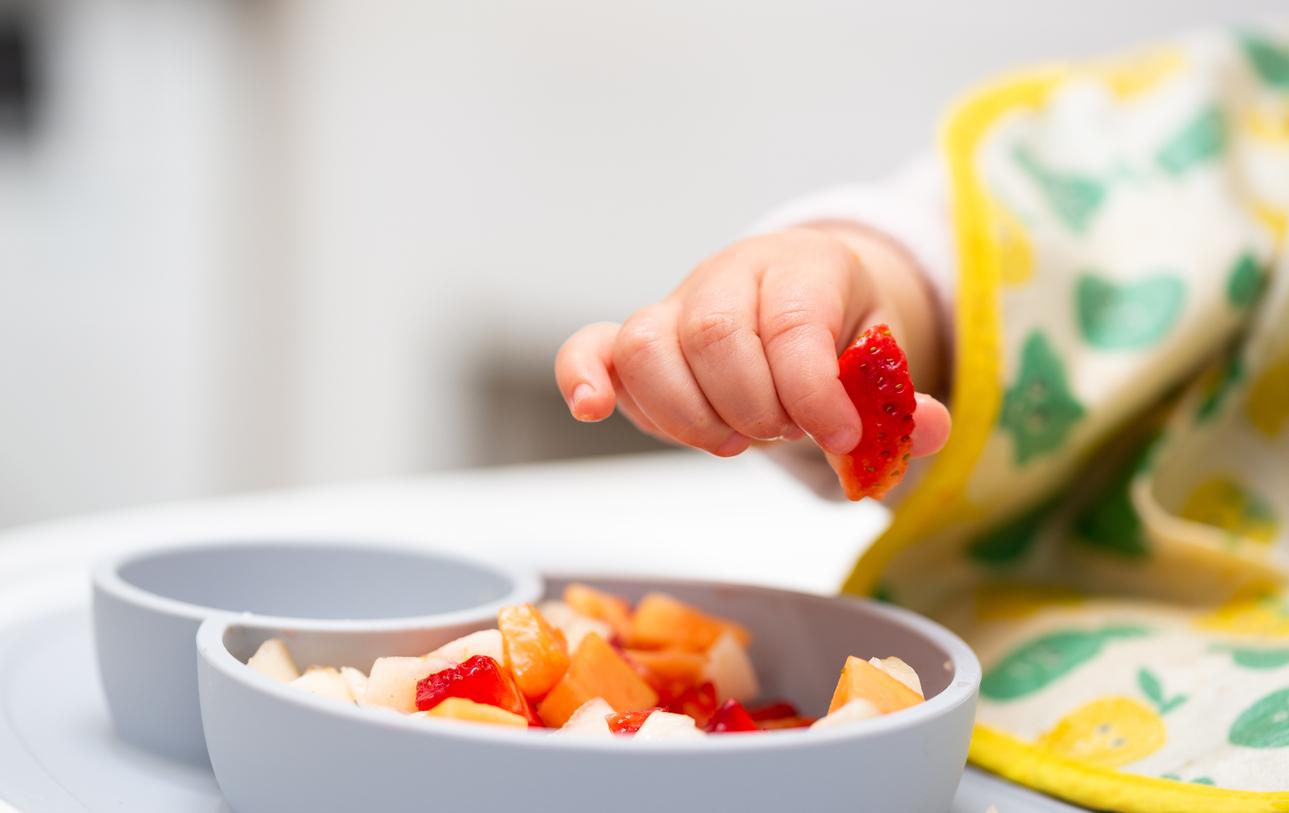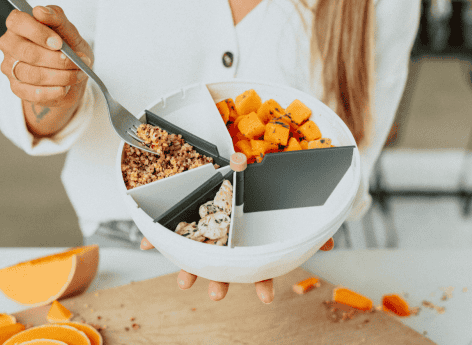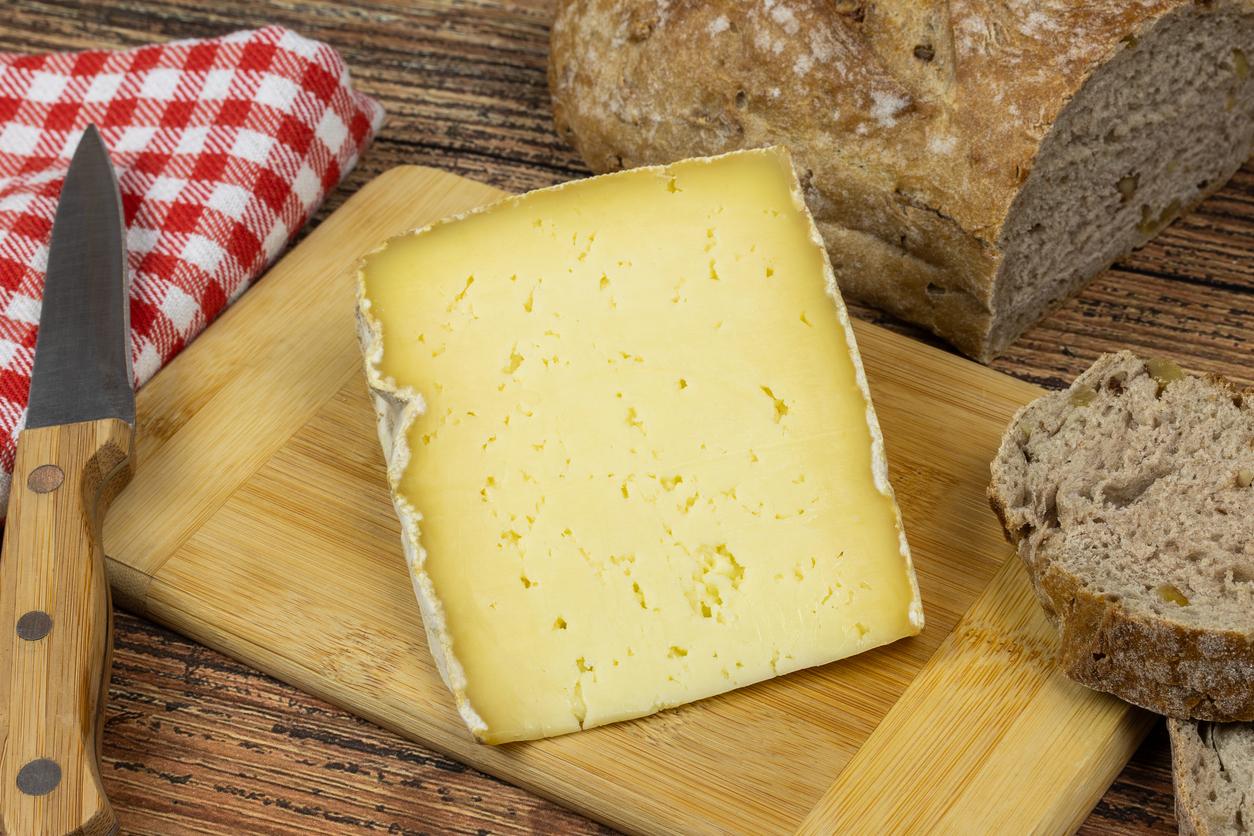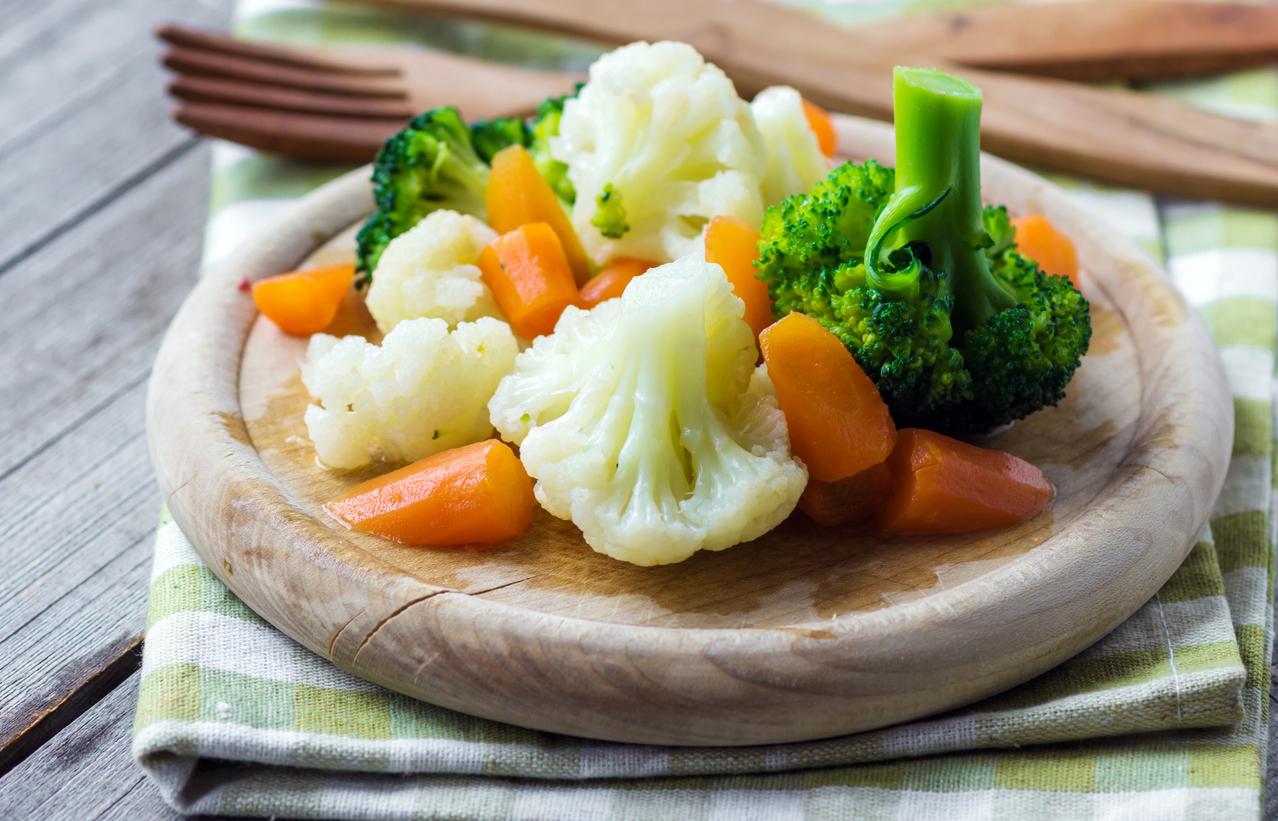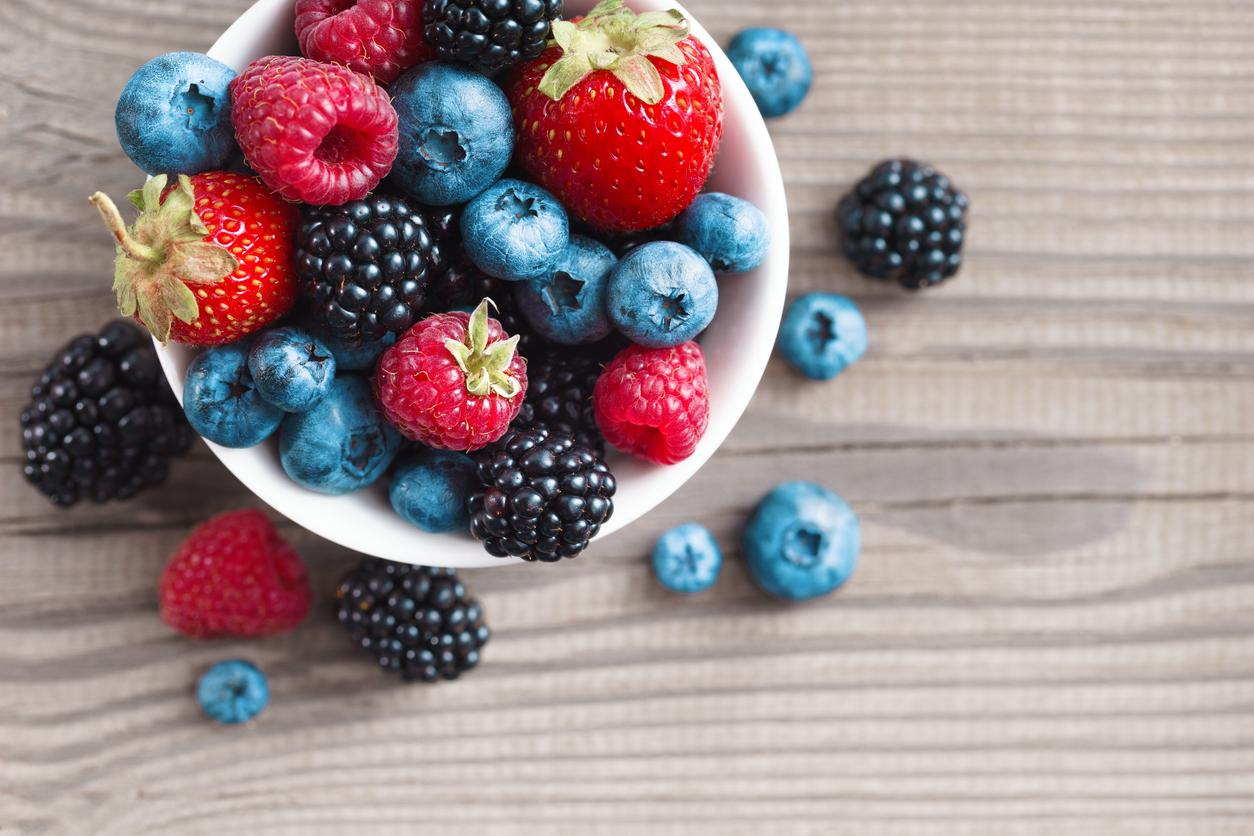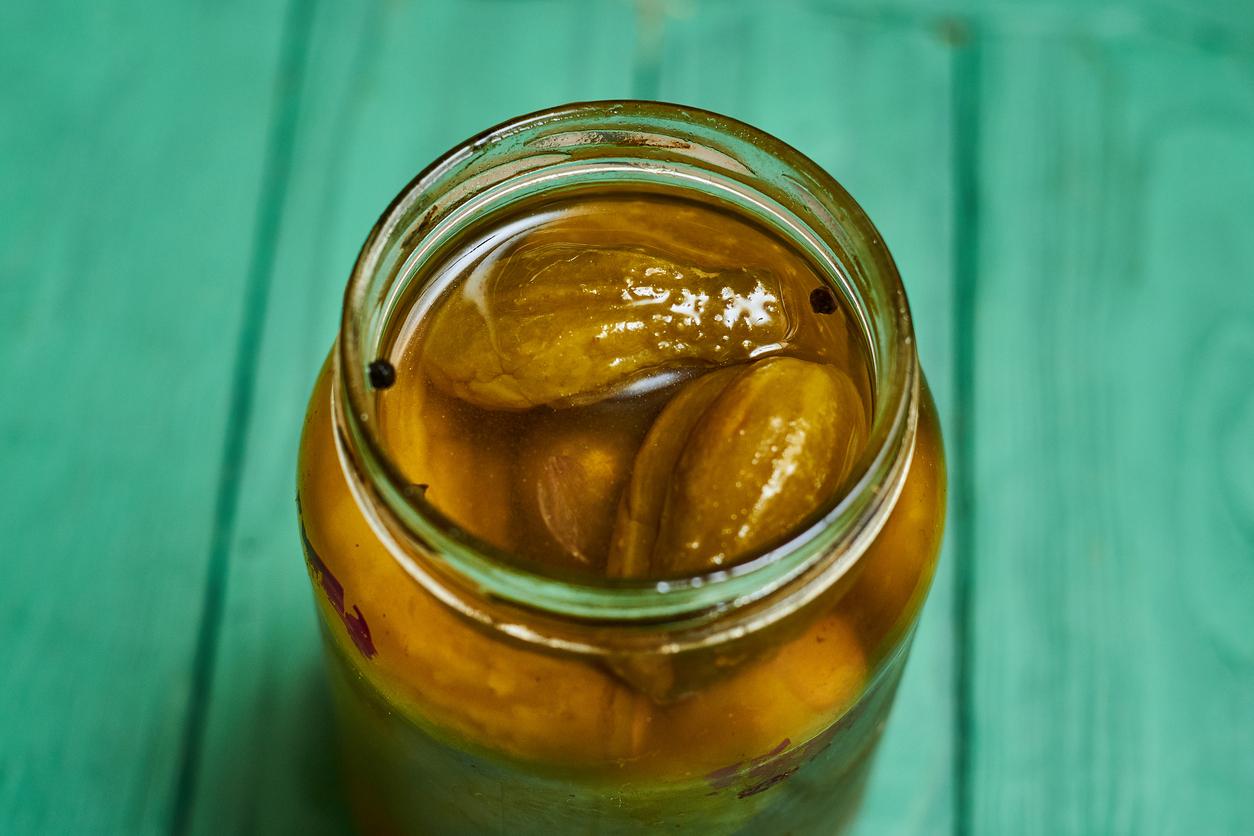Insoluble fiber contains bioactive compounds beneficial to health, which is why we need to include more grain products and leafy vegetables in our diet.
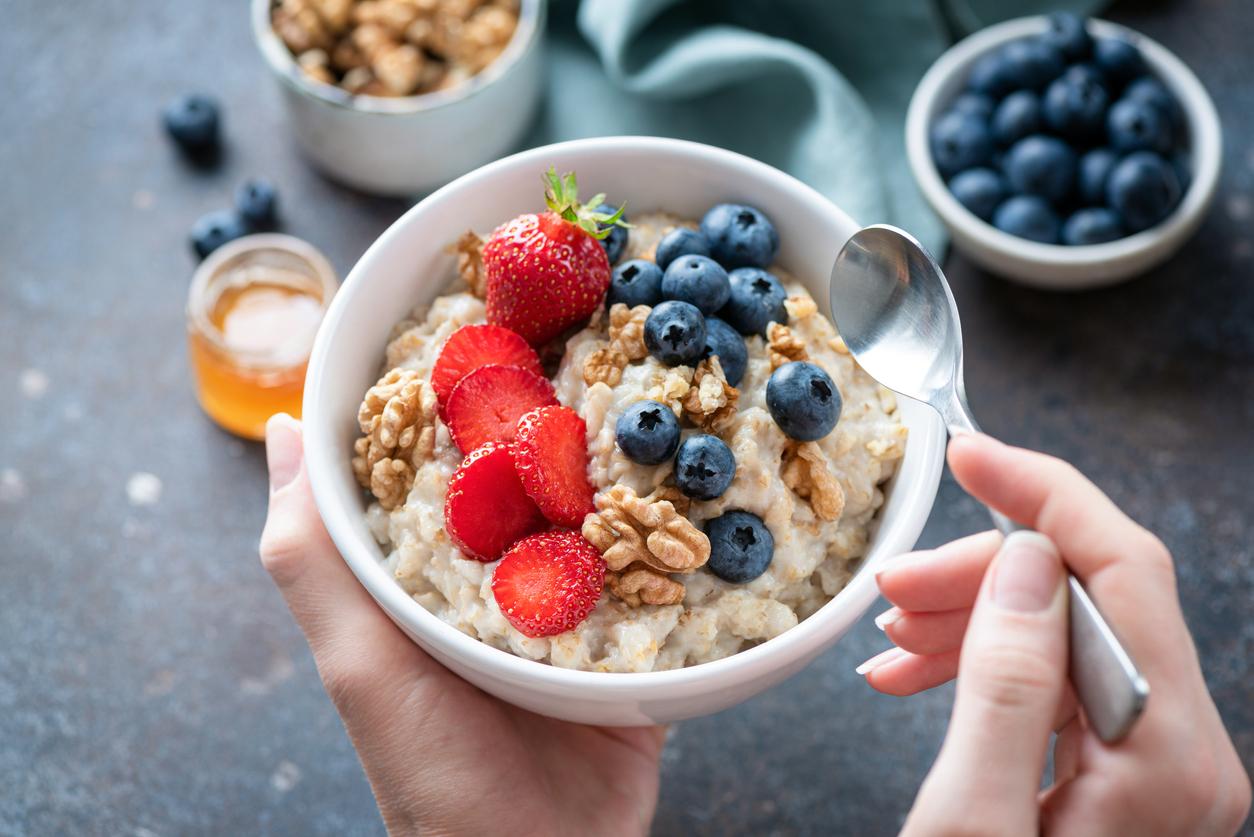
- Insoluble fiber is found in grain products and leafy vegetables.
- They contain bioactive compounds that help fight against several diseases.
- Per day, you should eat between 30 and 45 grams of fiber.
Every day, you need to eat between 30 to 45 grams (g) of fiber for good intestinal transit depending on the Vidal. But these have other benefits for our body: they help with weight management, promote the growth of good intestinal bacteria, limit bad blood cholesterol, etc.
Diabetes, cancer, heart: insoluble fiber helps fight diseases
According to a new study published in the journal Nutrientsinsoluble fiber – present in grain products and leafy vegetables – contains bioactive compounds which help fight cardiovascular diseases, cancer and even type 2 diabetes.
“People understood [la nécessité de consommer des] fiber and its link to gut health“, explains Joanne Slavin, one of the authors, in a communicated. Our research shows that we need to ensure that the other important components of fiber-containing plant sources – bioactives – are also recognized as beneficial to human health.”
The scientists of the University of Minnesota, in the United States, carried out a meta-analysis of several published works on the bioactives present in insoluble dietary fiber. Results: They observed that foods rich in insoluble fiber had different bioactives, which therefore provided different health benefits. Among the bioactives found, there was notably quercetin and beta carotene.
Diet: include more fiber for better health
“The recommendation to eat more fruits and vegetables is not new, but most people still struggle to do so.explains Jan-Willem Van Klinken, one of the authors of this study.
For researchers, one of the solutions would be for manufacturers to integrate more plant sources – containing bioactives and insoluble dietary fiber – into their dishes so that they have a better nutritional score and benefit the consumer’s health more.
You can also opt for homemade foods to have menus richer in insoluble fiber. They are found in:
- cereals and oat bran, legumes;
- fruits rich in pectin such as apples, oranges, strawberries, etc.;
- vegetables: those with green leaves (Brussels sprouts, spinach or kale, etc.), but also eggplant, asparagus, green peas, carrots…;
- flax seeds and chia seeds.
According to Vidalfiber consumption has fallen from 30 to 35 g per day to 15 or 20 g due, in particular, to their elimination by industrial processes.










